
Review on Honeywell Ademco 748 119Db Dual Tone by Jared Tovar

Works at voltages outside of the limits specified in the specification.
I tested the resulting siren with a voltage regulated benchtop DC power supply, which told me the current drawn at various test voltages. The siren produced both continuous and trilling tones at all voltages I tested - from 4V to 14V. The attached data sheet states the rated voltage at 12V DC with a maximum current of 1.2A at that voltage. I don't have a sound level meter, so I didn't measure the sound level at different voltages, but the tone at 14V was definitely louder than at 4V. The wobble current used about 15% or 20% more current than the continuous tone (when wobble - and continuous tone wires are both energized, only the continuous tone will sound). These are my measurements of the trill's current draw, rounded up. nearest tenth of an amp: 14V: 1.0A; 13V: 0.9A; 12V: 0.9A; 11V: 0.8A; 10V: 0.8A; 9V: 0.7A; 8V: 0.7A; 7V: 0.6A; 6V: 0.5A; 5V: 0.4A; 4V: 0.3A. Of course, you should use a power supply that fits the specs, not "any type on the internet" numbers. I happen to have a spare 12V 1A wall transformer that doesn't meet the 1.2A specification, but my testing shows it can be used. Note that anyone wanting to use it with Z-Wave will need a Z-Wave Controlled Receptacle Plug, an AC to 12V DC transformer to plug into the Z-Wave socket and then be ready to connect the transformer to the siren - either by soldering the connector to the siren wires that connect to the transformer connector, or cut the transformer output connector and connect the transformer output wires to the siren power input wires. Therefore, some basic electrical knowledge is required (e.g. observe polarity!)
- Easy installation
- There are other interesting options.
New products
Comments (0)
Top products in 🚨 Horns & Sirens

Rechargeable Personal Safety Alarm Keychain With Low Battery Notice And Strobe Light - Extra Loud Double Speakers - Pearly White (Vantamo)

14 Review
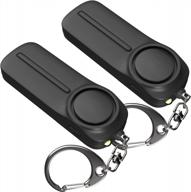
WETEN Safety Siren: Personal Protection For Women - 2 Pack Self Defense W/ Flashlight & 130DB Loud Alarm

29 Review
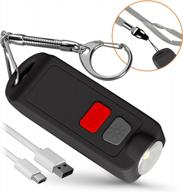
WETEN USB Rechargeable Self Defense Keychain Alarm For Women - Waterproof 130 DB Security Panic Button Siren Whistle With LED Light - Safety Sound Alert Device Key Chain In Black

14 Review

2 Pack 130 DB Rechargeable Self Defense Keychain Alarm - Emergency Personal Siren With LED Light For Women, Kids, Elderly & Joggers By WETEN (Black&White)

12 Review
Another interesting products
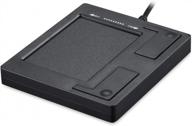
Effortlessly Navigate Your Laptop Or Desktop With The Perixx PERIPAD-501 Wired USB Touchpad

27 Review
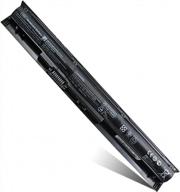
12 Months Warranty HP ProBook 440 G2 450 G2 TPN Q139-Q143 Battery Replacement - VI04 756743-001, 756745-001, 756479-421 HSTNN-DB6K HSTNN-LB6K

38 Review
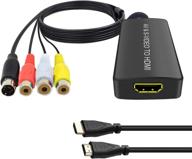
Dingsun SVideo To HDMI Converter: 3RCA AV Support 1080P/720P Compatible With WII U, PS2/PS3, STB, Xbox & More!

43 Review

Fitbit Versa 3 Smartwatch Replacement Band: TOYOUTHS Elastic Nylon Fabric Strap For Women & Men

50 Review

